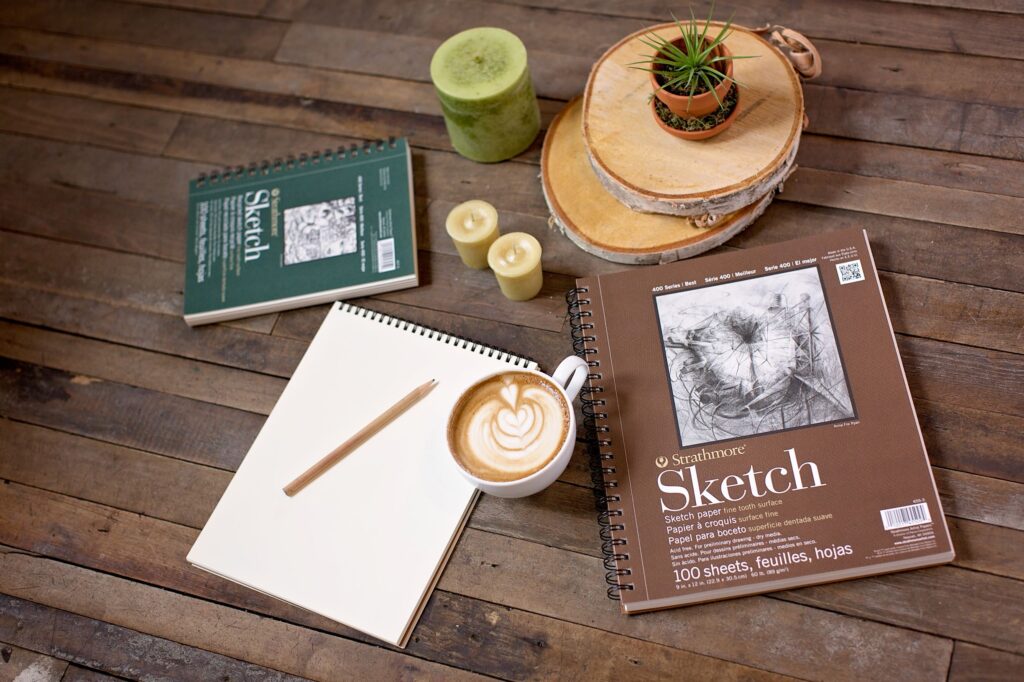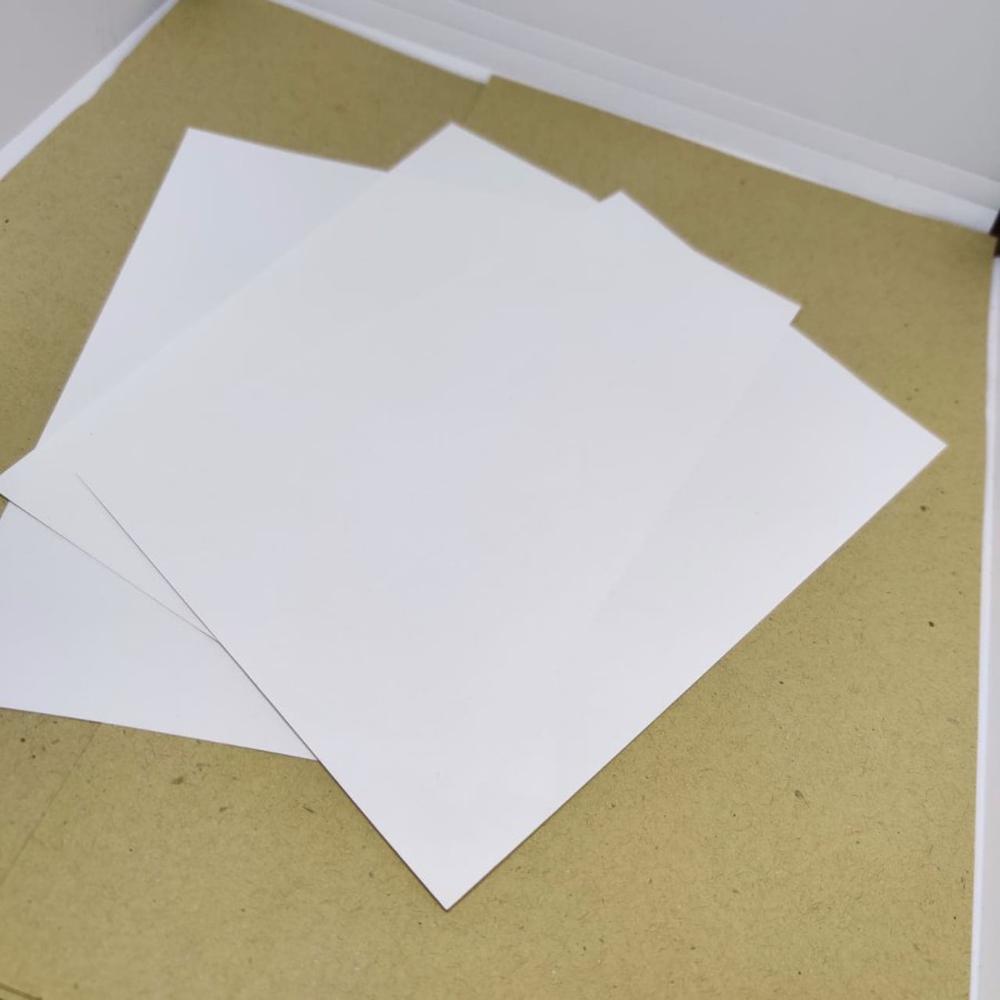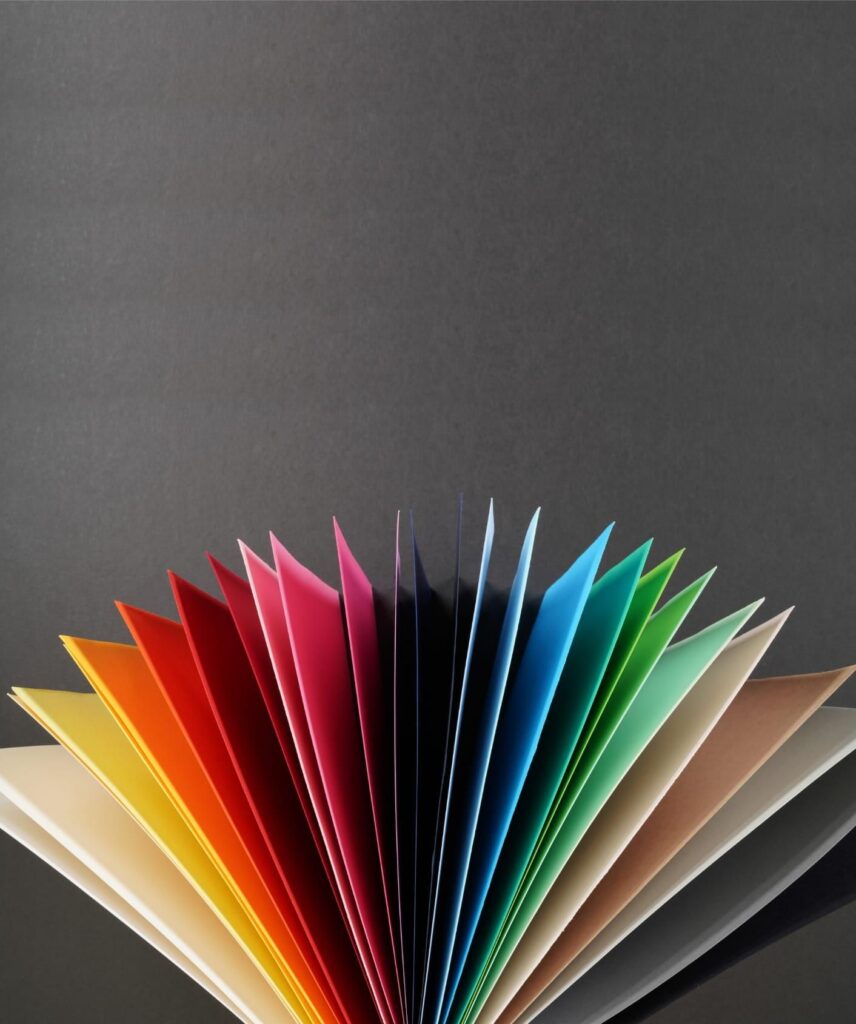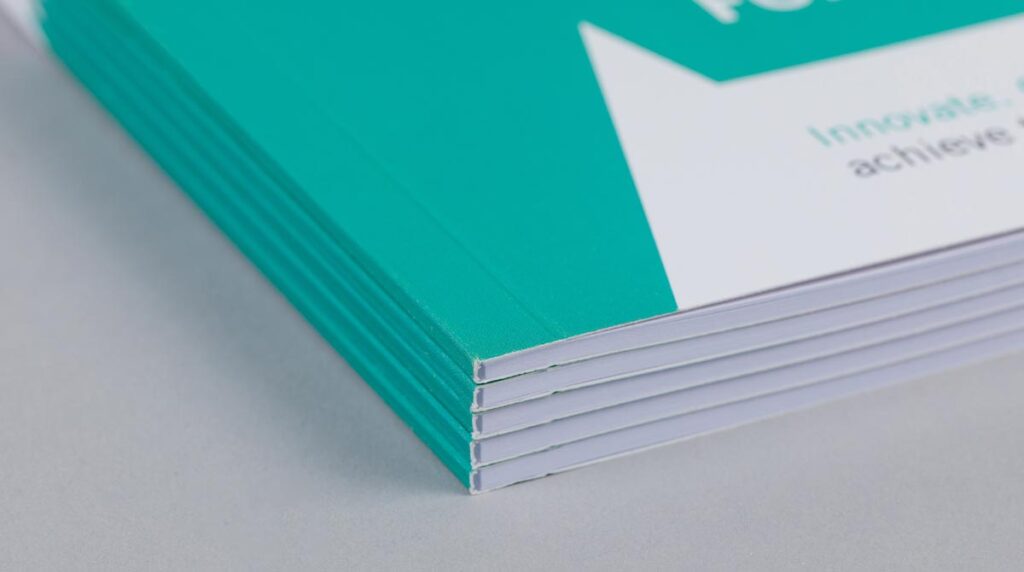Essential Visual Art Tools: Discover the Right Art Paper Pad
Whether you’re an artist who wants to do quick sketches and plan ahead, or you’re just looking for a way to track your progress, drawing pads are among the essential art and craft supplies for every artist. In fact, these pads are one of the most common tools many artists use, as they allow you to lead some kind of an artist diary where you’ll be able to depict and develop your early ideas, test different techniques and experiment with different colours.

But as an artist, you probably know that choosing the right visual paper pad can be a daunting task, especially once you stumble upon the wide range of different options on the market. This is why we gathered together a couple of tips that might come in handy once you visit your favourite art supplies store.
Pay Attention to the Paper
Whether you decide to hit your favourite art supply store or explore visual art tools online, the first thing to pay attention to is the paper you’re going to sketch on. More specifically, artists recommend paying attention to the following couple of aspects:
Type of Paper
The type of paper is the ultimate feature that will determine your entire sketching experience. Hence, sketchbooks can use pulp, cartridge and watercolour paper.
Starting from the most common type, wood pulp paper is used in up to 90% of the art papers for sale you’ll come across. These papers are very versatile and can be used for many types of drawing mediums. On top of that, pulp paper is very affordable and makes for the perfect paper type for every beginner artist.

Cartridge paper, or commonly referred to as heavy paper is well known for its various thicknesses. Except for being available in the range of 150-300gsm, cartridge paper can have either a smooth or a textured surface. Hence, this makes them the most suitable for dry media such as pencils, ink, charcoal, and crayons.
Watercolour paper is made by a mixture of water and fibres and later treated with a coating of gelatine. If you decided to use watercolour paper, make sure you pay attention to the cotton content, as it’ll determine the durability and quality of the paper. The higher the cotton content, the more techniques you’ll be able to pull off successfully.
Paper Weight
The weight of the paper refers to how thick the paper is, which is commonly measured in gsm (grams per square meter). Lighter papers, such as those below 100gsm are considered better for dry media, while thicker papers are better for wet media. In fact, thicker papers are less prone to warping once they get in touch with water.
As a bonus tip, it’s good to know that markers are also considered a “wet” media, as they tend to bleed through pages.
Paper Colour

As much as 90% of the artists tend to use white paper, have in mind that paper can be found in a variety of colours. For instance, some sketchbooks come with cream or light yellow paper hues, which will make your artwork appear warmer, while toned papers are great for practising tonal and value drawing.
Paperback vs. Hardcover
As sketchbooks are considered the ultimate visual art tools for every artist, you’ll also get the opportunity to decide between paperback and hardcover sketchbooks. However, keep in mind that hardcover is the more common choice, as they’re more protective, provide a better surface you can use both indoors and outdoors.
On the other hand, paperback sketchbooks can become challenging to handle, especially when the sketchbook is not laid against a hard surface. They also don’t offer a great amount of protection, which can lead to damages with your artwork if your sketchbook suddenly gets exposed to water or UV rays.
Spiral-bound vs. Perfect-bound Binding
These crucial art paper books can come with spiral-bound or perfect-bound bindings. When it comes to spiral-bound (or wire-bound) sketchbooks, they’re convenient for a couple of reasons: they have a wire loop that holds the pages together, and enables you to open the book flat as well as hold it easily in a standing position.

On the other hand, perfect-bound sketchbooks use stitching to hold the pages together, which means not all of them will be able to open flat. However, if you choose one that can open flat, you’ll be able to draw closer to the gutter, which isn’t the case with spiral-bound sketchbooks.
Pick the Right Size
Last, but not least, sketchbooks come in different sizes, suitable for different types of artists.
So, if you’re a newbie into the sketching world, an A5 sketchbook might be a great choice of visual art tools as it’s considered a general-purpose size. These books are big enough to create some intricate art shapes, and at the same time compact enough to fit a small bag.
A4 sketchbooks are mostly suitable for artists who want to pay attention to details and invest a lot of time in their sketches. These sketchbooks are opening up to A3 size and require around two to three hours to fill with watercolours or ink. However, keep in mind that A4 sketchbooks are bulky, tend to be heavy and require a hard surface to be laid on, which means they’re not that suitable for bringing them along to sketch outside.
But if you’re in need of something ultimately compact and portable, you can always find a notebook or palm-sized art paper Australia wide art stores. These papers are able to fit into your pocket and make for the perfect type of sketchbook to bring along wherever you go. However, due to their size, these sketchbooks are not that suitable for intricate drawings.
Now that you found out about the most important aspects, it’s time to hit your favourite art supplies store and get yourself a convenient drawing pad for sketching your upcoming artworks.